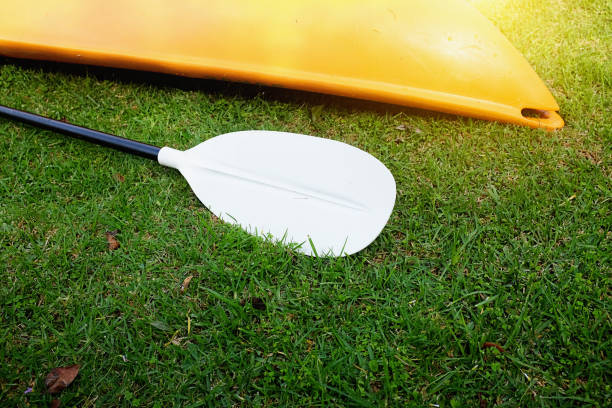Maximizing your kayaking experience requires careful selection of the paddle. On the water, the proper paddle can improve your performance, comfort, and efficiency. Whether you are paddling manually or utilizing a kayak electric motor, this thorough guide will help you grasp the main elements to consider when choosing paddles for your kayak.
Knowing Paddle Length
Paddle Length: Value
Choosing the appropriate paddle depends much on its length. Your kayak’s breadth and your height will help determine how long your paddle should be. While a too long paddle might be awkward and ineffective, a too short paddle can lead you to strike the sides of your kayak.
Measure: How to do it?
Standing the paddle vertically next to you will help you to decide the suitable length. As your arm is extended upwards, the paddle should have a wrist height grip. Online charts matching your height and kayak width also allow you to match the suggested paddle length.
Materials Count.
Durability against Lightweight
Different materials make up paddles, and each has benefits. Although reasonably priced and robust, aluminum paddles can be weighty. Lighter and with a nice mix between performance and cost are fiberglass paddles. Though their price tag is greater, carbon fiber paddles are the lightest and most efficient. Choose the material depending on your paddling requirements and financial situation.
Blade Materials:
Performance is likewise affected by the blade’s substance. Beginning users would like plastic blades since they are reasonably priced and strong. Lighter and more efficient, fiberglass and carbon fiber blades are fit for more experienced paddlers seeking improved performance.
Blade Form and Construction
Asymmetrical from symmetrical blades
Paddle interaction with the water depends on the form of the blades. Beginning users will find symmetrical blades perfect since they are forgiving and easy to operate. Experienced paddlers prefer asymmetrical blades since they are meant for more effective strokes.
Feathering in
By setting their blades in an angle to one another, feathered paddles minimize wind resistance and increase efficiency. Changing the feather angle with adjustable paddles lets you fit varied circumstances and personal tastes.
Examining a Kayak Electric Motor Combining Manual Paddling with an Electric Motor
Selecting the correct paddle is still crucial for those running a kayak electric motor. You will require a paddle for maneuvering in tight quarters, launching, and landing even with motor aid. Your motorized arrangement will be complemented by a lightweight and effective paddle, so offering a flexible and pleasurable kayaking experience.
Emergency Assistive Backup
Reliable paddle is crucial since an electric motor can run out of battery or fail. To manage any unanticipated circumstances on the water, make sure your paddle is easily reachable and fit for the arrangement of your kayak.
Finish
Choosing the appropriate paddle for your kayak calls for weighing length, material, blade form, and design. The proper paddle will improve your whole kayaking experience whether you are paddling a kayak electric motor or by hand. Knowing these important factors will help you to make a wise decision and enjoy a more peaceful and effective time on the water.
